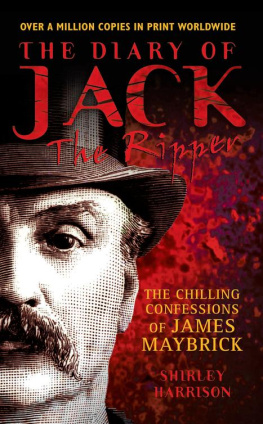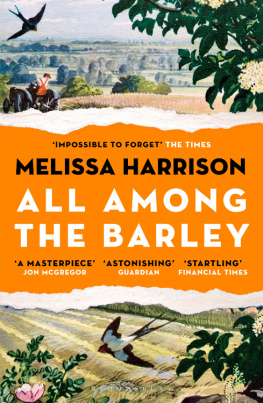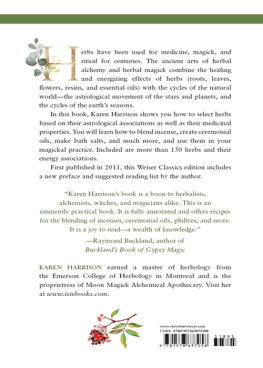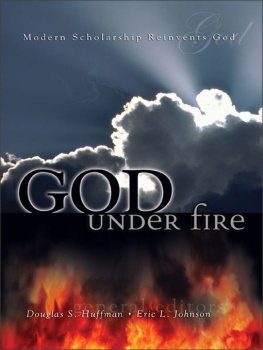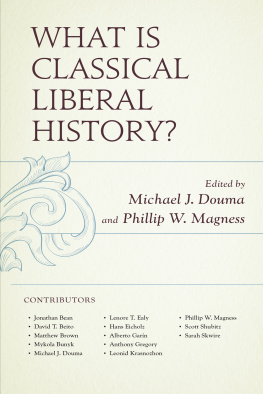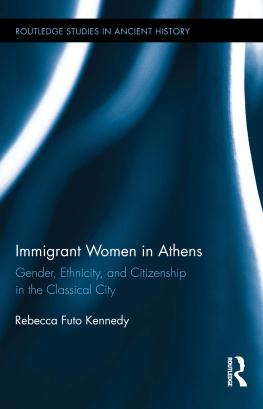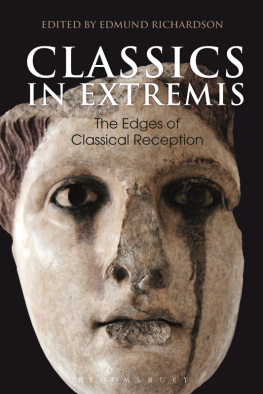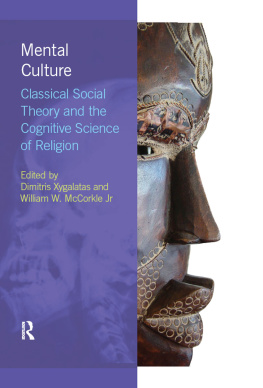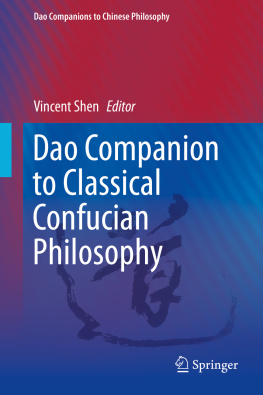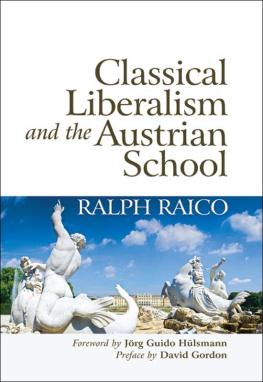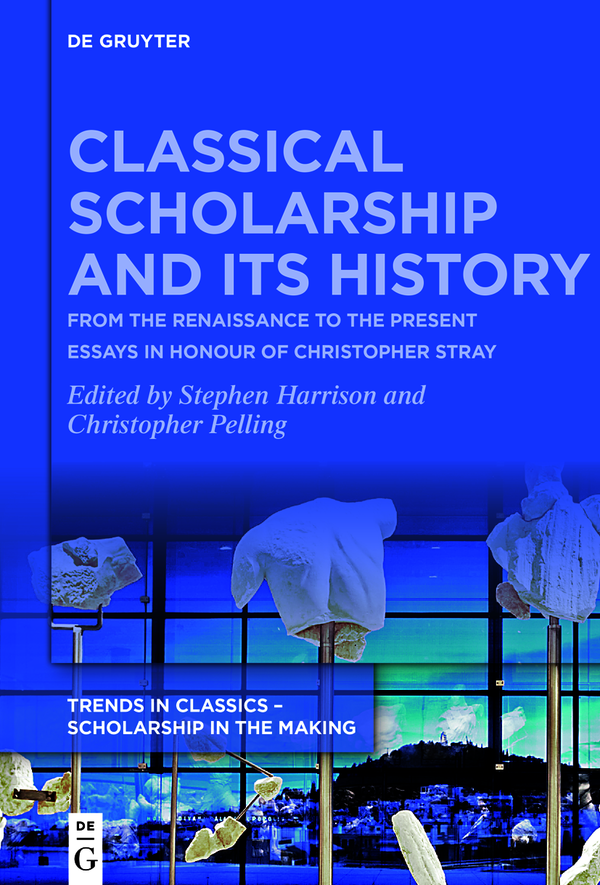Trends in Classics Scholarship in the Making
Edited by
Franco Montanari
Constanze Gthenke
Antonios Rengakos
Stephen Harrison
Luigi Lehnus
Irmgard Mnnlein-Robert
Filippomaria Pontani
Stefan Rebenich
Volume
ISBN 9783110718171
e-ISBN (PDF) 9783110719215
e-ISBN (EPUB) 9783110719321
Bibliographic information published by the Deutsche Nationalbibliothek
The Deutsche Nationalbibliothek lists this publication in the Deutsche Nationalbibliografie; detailed bibliographic data are available on the Internet at http://dnb.dnb.de.
2021 Walter de Gruyter GmbH, Berlin/Boston
Classical Scholarship and Its History
Trends in Classics Scholarship in the Making
Edited by Franco Montanari and Antonios Rengakos
Advisory Board
Constanze Gthenke Stephen Harrison
Luigi Lehnus Irmgard Mnnlein-Robert
Filippomaria Pontani Stefan Rebenich
Volume 1
Classical Scholarship and Its History
From the Renaissance to the Present
Essays in Honour of Christopher Stray
Edited by Stephen Harrison and Christopher Pelling
De Gruyter
ISBN 978-3-11-071817-1
e-ISBN (PDF) 978-3-11-071921-5
e-ISBN (EPUB) 978-3-11-071932-1
ISSN 2701-1100
Library of Congress Control Number: 2021931473
Bibliographic information published by the Deutsche Nationalbibliothek
The Deutsche Nationalbibliothek lists this publication in the Deutsche Nationalbibliografie; detailed bibliographic data are available on the Internet at http://dnb.dnb.de.
2021 Walter de Gruyter GmbH, Berlin/Boston
Editorial Office: Alessia Ferreccio and Katerina Zianna
Cover image: Acropolis Museum, 2009. Photo by Nikos Daniilidis
Printing and binding: CPI books GmbH, Leck
www.degruyter.com
Preface
The germ of this volume was a day conference celebrating the work of Chris Stray and his 75th birthday, held at Corpus Christi College, Oxford, in October 2018. We are most grateful to Corpus and its Centre for the Study of Greek and Roman Antiquity (especially its Director, Constanze Gthenke) for hosting and sponsoring the event, to Mary Beard, who was a key part of the occasion but was sadly unable to contribute to the volume, and to those who attended for their lively comments and discussion.
We are most grateful to the contributors to this volume for their agreement to participate and for their patience and practical assistance with the editorial and publication process, and especially to De Gruyter for taking on this volume in their new strand Scholarship in the Making in the series Trends in Classics; we thank Franco Montanari and Antonios Rengakos as editors of Trends in Classics for their kind acceptance, and Marco Acquafredda at De Gruyter for his efficient management of the publication.
Our fuller tribute to Chris Stray appears in the introduction below, but we would like to thank him for his full support of this project: it is unusual indeed for the recipient of a Festschrift not only to read and comment on most of the volumes papers before publication but also to write a paper in it, but we think the book is much the better for both these elements.
SJH & CBRP
List of Figures
Fig. 1: Chris Stray (photo: Margaret Kenna).
Fig. 2: Peter Paul Rubens, The Death of Achilles (The Courtauld Institute Gallery, London; image courtesy of the Courtauld Institute Gallery and Art UK).
Fig. 3: Richard Shilleto around sixty (180976) (photo c. 1869, CUL CAS G.256).
Fig. 4: Arnold Wycombe Gomme (reproduced by courtesy of Susan Gomme).
Fig. 5: Head from the Acropolis (reproduced by courtesy of Susan Gomme).
Fig. 6: Gommes Commentary, vol. 1 (1945), Table of Contents (reproduced by permission of the Secretary to the Delegates of Oxford University Press).
Fig. 7: Gommes Commentary, vol. 1 (1945), p. 1 (reproduced by permission of the Secretary to the Delegates of Oxford University Press).
Fig. 8: Gommes Commentary, vol. 1 (1945), Commentary on 1.138.6139.1 (reproduced by permission of the Secretary to the Delegates of Oxford University Press).
Fig. 9: Arrival of Caesar at the River Sambre, from C. Anthon, Caesars Commentaries on the Gallic War (1838).
Fig. 10: Battle at the Sambre, from F.W. Kelsey, C. Iuli Caesaris de bello Gallico libri vii (1886).
Fig. 11: Walls, from C. Anthon, Caesars Commentaries on the Gallic War (1838).
Fig. 12: Bridge over the Rhine, from A. Palladio, I quattro libri dellarchitettura (1570, 3.14).
Fig. 13: Bridge over the Rhine, from J. Lipsius, Poliorcheton (1596, 108).
Fig. 14: Charles Henri Graux (18521882); photograph (Mun, Madrid, December 1875).
Fig. 15: Paolo Brezzi, Lopold Sdar Senghor, Robert Schilling; presentation of Festschrift, Dakar, 13 April 1977. Reproduced with the permission of LErma di Bretschneider, Rome.
Fig. 16:The Dilettanti Society (17778), print after oil by Sir Joshua Reynolds: public domain.
List of Tables
Tab. 1: Number of students receiving instruction in the subjects of Part II in June 1883
Tab. 2: Firsts in Part II of the Classical Tripos.
Tab. 3: CGLC Volumes 19702020, including Imperial Library Volumes.
Tab. 4: Thucydides Commentaries.
Tab. 5: Speech and Narrative.
Tab. 6: Herodotus Commentaries.
Tab. 7: Selected editions of Caesar 18381918
Tab. 8: British classical societies and archaeological schools.

Fig. 1: Chris Stray (photo: Margaret Kenna).
Introduction
Stephen Harrison
Christopher Pelling
This volume celebrates the career and scholarly achievements of Christopher Stray, and originated in a conference held in Oxford in 2018 to celebrate his 75th birthday; that year also saw the publication by OUP of his collected papers on the history of UK scholarship, Classics in Britain: Scholarship, Education, and Publishing 18002000 (
It is unusual for a single scholar practically to reorient an entire sub-field of study, but this is what Chris Stray has done for the history of UK classical scholarship. His remarkable combination of interests in the sociology of scholars and scholarship, in the history of the book and of publishing, and (especially) in the detailed intellectual contextualisation of classical scholarship as a form of classical reception has fundamentally changed the way the history of British classics and its study is viewed. His co-editorship of A Companion to Classical Receptions with Lorna Hardwick, the doyenne of UK classical reception studies (Stray and ), rightly identifies him as a key figure in that currently lively and central discipline.
As Constanze Gthenke has noted (), from a broadly biographical and heroic individual perspective. In these works scholars often sought to find their own place in the great tradition, choosing to praise or blame those whose work they admired or deprecated, and to identify with particular schools or trends, and there were few attempts to provide a broader, more nuanced and less prosopographical perspective.


